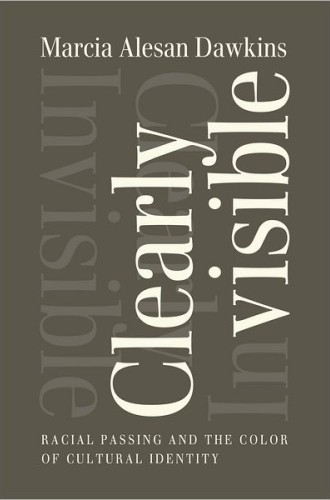Clearly Invisible, by Marcia Alesan Dawkins
The one time I visited my maternal grandfather’s house, we had planned to stay four days. I was ten and had seen my grandfather just once before in my life. I don’t recall if he ever spoke to me, but my mother and I are fairly certain that he never called me by my name. That was probably a matter of principle for him—Rachel being a Hebrew name and he being an active anti-Semite.
In the spaces around his desk where family photos might have hung were portraits of Hitler, Goebbels and Himmler. When I put my summer shorts and T-shirts in the creaky oak dresser of the guest room, there was a red, white and black swastika armband in the drawer. We stayed for the night but left the next morning. I never saw him again.
As strange as that story is, the stranger part is this: my grandfather was Jewish, a fact that seems to have been unknown or ignored by the white supremacist groups to which he belonged. He was a Jew passing as a white Christian separatist.






